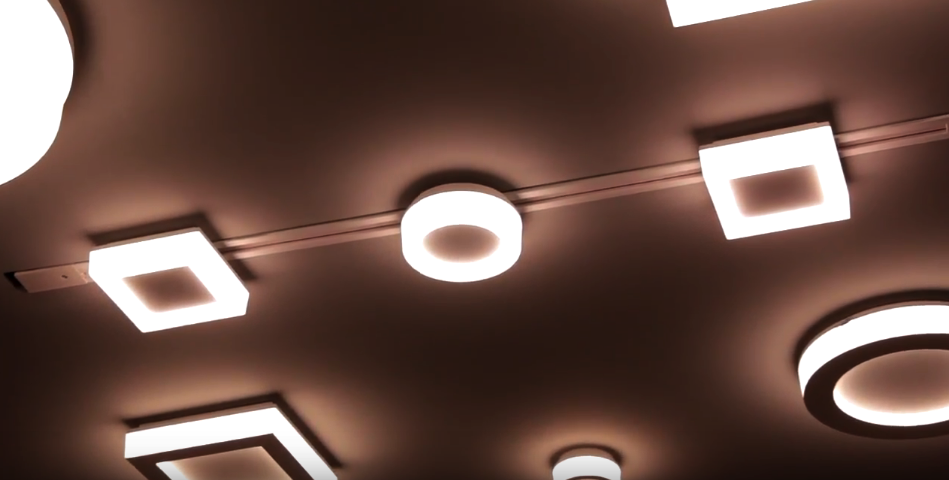Adverts
Luminaire technology has evolved significantly in recent years, with the introduction of smart lighting systems that provide greater energy efficiency, comfort and safety. Smart lighting is a modern and versatile solution that allows you to control light automatically or manually, adjusting the brightness, temperature and color of the light according to the needs of the environment. In this article, we will discuss the main features and benefits of luminaire technology.

What is smart lighting?
Smart lighting is a lighting system that can be controlled using a smart device or sensors, allowing the intensity, temperature and color of the light to be adjusted according to the needs of the environment and the user. It is a modern and versatile solution that can be adapted for various applications, from residential to commercial and industrial.
Adverts
How does luminaire technology work?
Smart luminaire technology works through sensors, control devices and lighting systems with LED technology. The sensors detect the presence of people or ambient light, allowing you to automatically adjust the lighting according to the needs of the moment. Control devices allow manual adjustment, via an app or remote control, for example. Furthermore, LED lamps provide greater energy efficiency and durability compared to conventional lamps.
What types of smart lighting are available on the market?
There are several types of smart lighting available on the market, such as centralized lighting systems, voice commands, remote controls, presence sensors, among others. Some models allow integration with virtual assistants, such as Alexa and Google Assistant, allowing you to control lighting using your voice.
Adverts
What are the advantages of smart lighting?
Smart lighting offers several advantages, such as reducing energy consumption, improving the quality of light in environments, increasing security, visual comfort, practicality and ease of control and customization.
Energy efficiency: How can smart lighting reduce energy consumption?
Smart lighting can help reduce energy consumption by automatically adjusting light intensity according to the needs of the environment and the presence of people. Furthermore, LED technology offers greater energy efficiency and durability compared to conventional lamps.
Visual comfort
How can smart lighting improve the quality of light in environments? Smart lighting can adjust the temperature and light intensity according to the needs of the environment and the user, providing greater visual comfort that is more appropriate for each moment.
Security
How can smart lighting increase the safety of environments? Smart lighting can help increase the safety of environments by automatically turning on the light if movement is detected or scheduling lighting times. This can discourage intruders or provide greater security for those circulating in the environment.
See too:
Automation
How can smart lighting make routine more practical and easier? Smart lighting can make the routine more practical and easier, allowing you to schedule light activation times and automatically adjust intensity and temperature.
Smart luminaires
Smart luminaires are equipped with sensors and connectivity to enable automation and personalization of lighting. They can be controlled using smartphones or virtual assistants, adjusting light intensity and color temperature according to user preferences or environmental conditions.
Solar lamps
Solar lights use solar panels to convert the sun's energy into electricity to power LED lights. They are a more sustainable and economical option in remote areas or places where there is no access to the electrical grid. Furthermore, solar lights are easy to install and require little maintenance.
Conclusion
Luminaire technology has evolved significantly over the years, offering more efficient, customizable and sustainable lighting options. With the introduction of technologies such as LED lighting, automation, sensors and connectivity, luminaires are becoming increasingly intelligent and customizable. Additionally, solar lighting is becoming a popular option in remote areas or areas without access to the electrical grid. As technology continues to develop, we can expect to see even more exciting innovations in lighting. O



